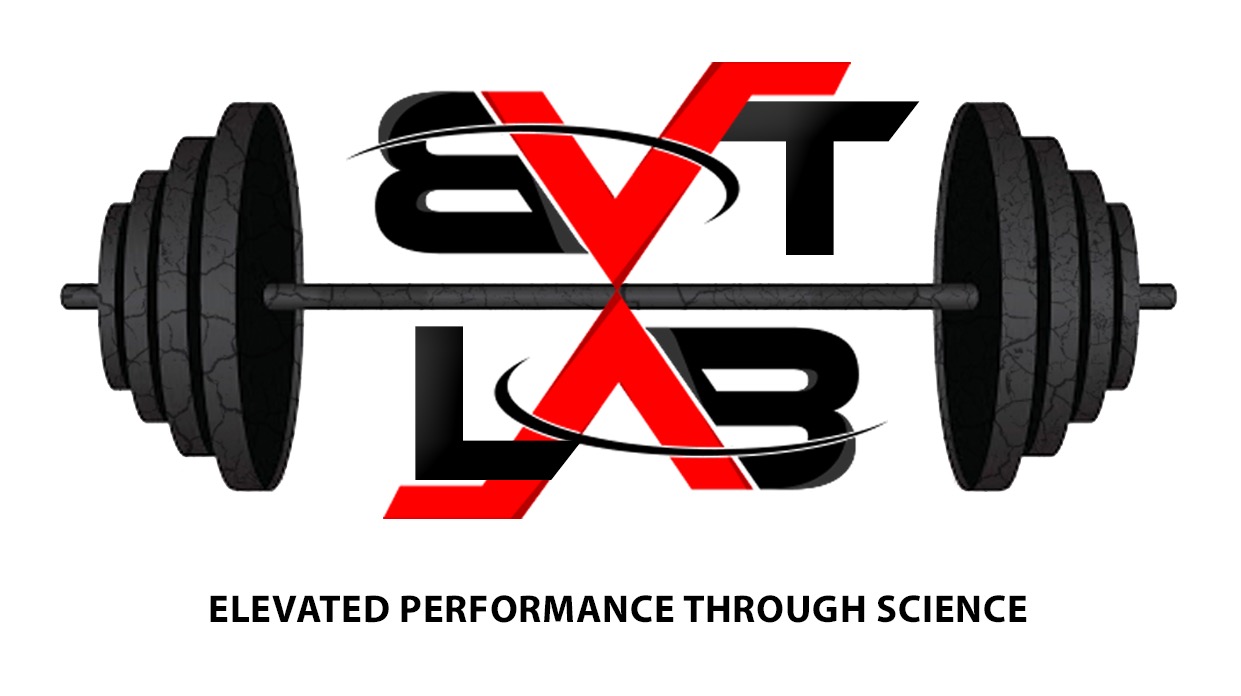New School Catching Techniques
The catching position is widely regarded as the most demanding position in the sport of baseball. It requires both physical & mental focus on every single pitch to be successful. That being said, the evolution of the position has been simultaneously subtle & drastic. We are going to discuss some of the new school catching techniques that have been taking over.
Let’s start with one obvious new school technique. The one knee down approach to catching pitches. Let me begin by saying I am open to any new technique that can improve the quality of the catcher, as well as, benefit the team and or pitcher. I’m an “old school” catcher who used the traditional catching stances (primary & secondary).
With the adaptation of technology and the analytics used to grade catchers, it was only a matter of time before a new approach would be introduced. While we’re calling it “new school” this technique has been modified at the big league level before. With the most well known modification being former Pittsburgh Pirates catcher Tony Pena and his “kickstand “split stance used in the 1970’s & 80’s. Safe to say it wasn’t used by many guys due to its difficulty.
This stance could only be used by the most agile and limber catchers.
The one knee down approach has multiple benefits. Firstly, it’s a less physically demanding catching position. I know what you’re thinking…”this stance makes you “lazy” back there.” This opinion is only true if the catcher isn’t being taught the proper use of the stance. The knee down stance should only be used by experienced catchers with the understanding that with runners on base, the traditional secondary stance still works best.
Secondly, if taught properly, the one knee down stance can benefit the pitcher getting more strikes called. In this stance the catcher is lower to the ground. Therefore the umpire has a better view of the inside and outside corners of the strike zone. Especially with a bigger catcher behind the plate. Also, in this stance it may be easier for the catcher to frame pitches lower in the strike zone. If the glove starts lower to ground it’s easier to work up and make pitches look like strikes when they’re not.
So, the synopsis here is that although the Major leaguers make the one knee down stance look easy. IT IS NOT. It takes many reps in practice to perfect this stance.
Please comment below and let us know what you think of these new school techniques or any others you would like us to discuss!!

Jon Thomas
Author









